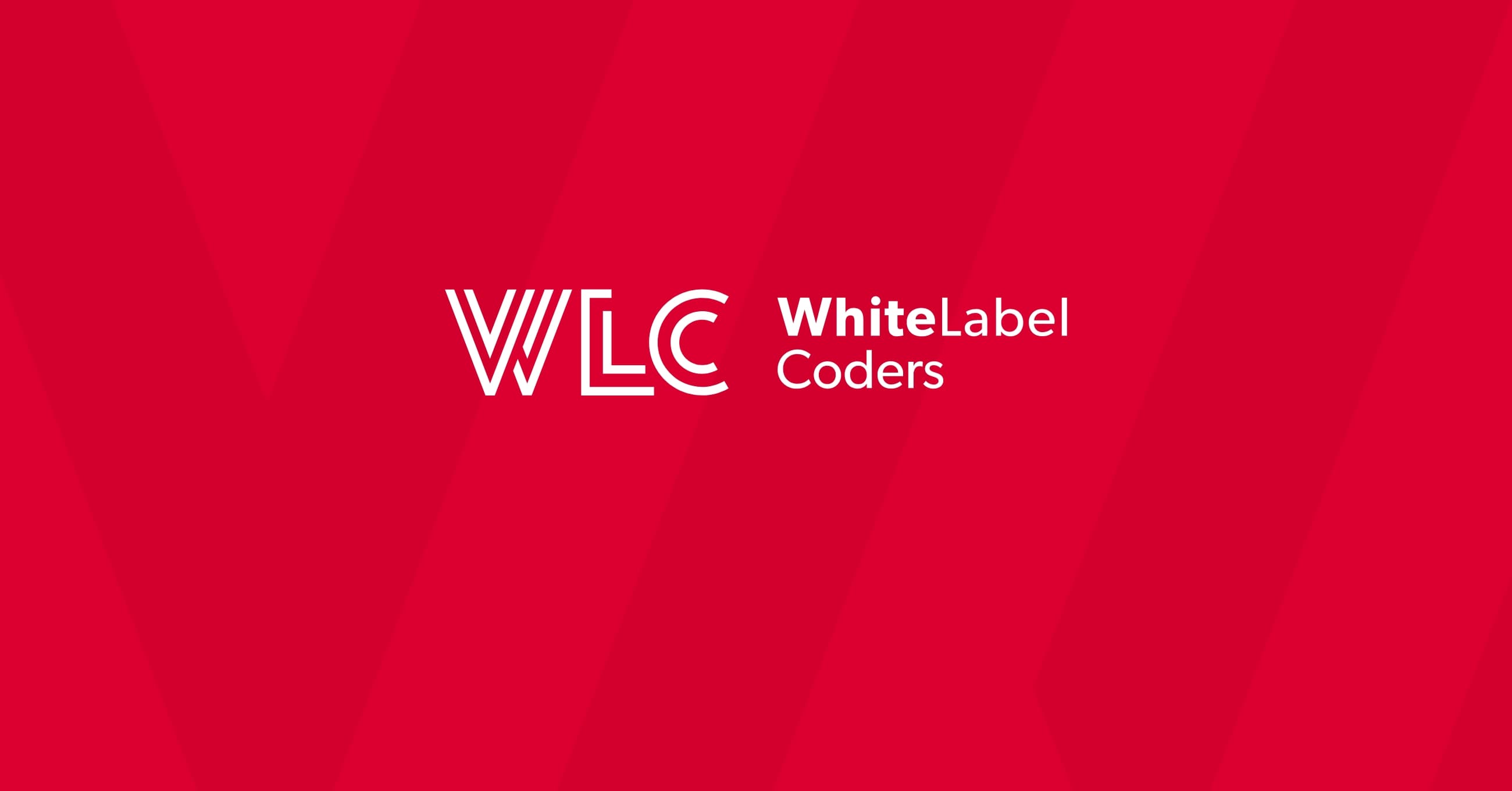Category: SEO AI
How to boost affiliate page speed in low-bandwidth countries

When your affiliate site takes forever to load in countries with slower internet connections, you’re not just testing your visitors’ patience – you’re watching potential commissions disappear. Users in low-bandwidth regions face unique challenges that make website performance even more important than in developed markets. Poor affiliate page speed doesn’t just annoy users; it directly impacts your conversion rates and revenue.
Understanding how to optimise your affiliate site for slow connections isn’t just good practice – it’s necessary for success in global markets. The difference between a site that loads in 2 seconds versus 8 seconds can determine whether you capture that conversion or lose it to a competitor. This guide covers the specific techniques that work best for affiliate sites targeting users with limited bandwidth.
Why page speed matters more in low-bandwidth markets
Slow internet connections amplify every performance issue on your affiliate site. What might be a minor delay in London becomes a major barrier in Lagos or Manila. Users in bandwidth-constrained regions often pay for data by the megabyte, making them particularly sensitive to sites that consume excessive resources without delivering value quickly.
The correlation between loading times and bounce rates becomes more pronounced when dealing with slower connections. While a 3-second delay might frustrate users on fast broadband, the same delay on a 2G connection could mean your page never loads at all. Affiliate marketing performance suffers dramatically when your casino comparisons, bonus tables, or operator reviews take too long to appear.
Users in developing markets typically abandon sites faster than those in regions with reliable high-speed internet. They’ve learned to be selective about which pages they’ll wait for, and affiliate sites – which often aren’t their final destination – face particularly harsh judgment. Your conversion funnel breaks down completely if users leave before seeing your carefully crafted content and affiliate links.
Website loading times also impact your search rankings in these regions. Google’s algorithms consider user experience signals, and consistently high bounce rates from slow-loading pages in specific geographic areas can hurt your local SEO performance. This creates a cycle where poor performance leads to lower visibility, which reduces traffic and revenue potential.
Common speed killers destroying affiliate conversions
Oversized images represent the biggest performance bottleneck for most affiliate sites. Those high-resolution casino screenshots and bonus graphics might look impressive, but they’re killing your affiliate conversion rates in low-bandwidth countries. A single unoptimised image can consume more data than some users’ entire browsing session budget.
Render-blocking resources create another major problem. When your CSS and JavaScript files prevent the page from displaying content until everything loads, users on slow connections see blank screens for extended periods. This is particularly damaging for affiliate sites where users need to quickly assess options and make decisions.
Excessive third-party scripts compound the problem. Every tracking pixel, chat widget, and analytics tool adds additional HTTP requests and loading time. While these tools provide valuable data, they can make your site unusable for visitors with limited bandwidth. The irony is that you’re losing the very conversions you’re trying to track.
Poor caching strategies waste bandwidth by forcing users to download the same resources repeatedly. When your bonus tables, operator information, and review content aren’t properly cached, returning visitors face the same slow loading experience as first-time users. This particularly impacts affiliate sites where users often compare multiple options across several visits.
Bloated code and inefficient database queries create unnecessary overhead. Many affiliate sites accumulate technical debt over time, with unused CSS, redundant JavaScript, and database query optimization issues that slow down every page load. These issues become magnified when users have limited bandwidth to work with.
Server-side rendering and caching strategies that work
Server-side rendering (SSR) provides faster initial page loads by sending complete HTML to users instead of requiring JavaScript to build the page in their browser. For affiliate sites, this means your bonus comparisons and operator listings appear immediately, even on slow connections. Users see content while additional resources load in the background.
Content Delivery Networks (CDN) become particularly important for bandwidth optimisation in developing markets. By serving your affiliate content from servers geographically closer to users, you reduce the physical distance data must travel. This can dramatically improve loading times for users in regions far from your primary server location.
Redis implementation provides advanced caching that keeps frequently accessed data in memory. For affiliate sites with dynamic bonus information and operator details, Redis can serve this content instantly without database queries. This reduces server response times and bandwidth usage, particularly beneficial for users on slower connections.
Browser caching strategies should be configured to store static resources locally while ensuring dynamic affiliate content stays current. Properly configured cache headers allow returning visitors to load your site much faster, using locally stored images and stylesheets while fetching only updated bonus information and operator data.
Edge caching takes this concept further by storing pre-rendered versions of your most popular pages at multiple global locations. When a user in a low-bandwidth region requests your casino comparison page, they receive a cached version from a nearby server, dramatically reducing loading time and data transfer requirements.
Image and asset optimisation for slow connections
WebP format adoption can reduce image file sizes by 25-50% compared to traditional JPEG files without visible quality loss. For affiliate sites heavy on casino screenshots and promotional images, this translates directly to faster loading and reduced data consumption for users in low bandwidth countries. Most modern browsers support WebP, with automatic fallbacks available for older browsers.
Responsive images ensure users download only the image size appropriate for their device and connection. Instead of forcing mobile users to download desktop-sized casino screenshots, responsive web design serves smaller versions that load faster and consume less bandwidth. This is particularly important for affiliate sites where visual content plays a major role in user decision-making.
Lazy loading strategies delay loading images until users scroll to them. For affiliate sites with long comparison tables and multiple operator listings, this means users can start reading content immediately while images load progressively. This technique significantly improves perceived performance on slow connections.
Asset bundling reduces the number of HTTP requests by combining multiple CSS and JavaScript files. Instead of making separate requests for each resource, bundled assets load in fewer requests, reducing overhead and improving performance for users with high-latency connections. This is particularly effective for affiliate sites with multiple tracking scripts and styling files.
Compression techniques like Gzip or Brotli can reduce text-based resource sizes by 70-80%. Your HTML, CSS, and JavaScript files become much smaller, requiring less bandwidth and loading faster for users on slow connections. Affiliate site optimisation should always include proper compression configuration to maximise performance gains.
Optimising affiliate page speed for low-bandwidth markets requires a comprehensive approach that considers the unique challenges users face with slower internet connections. By implementing these techniques, you’ll create a better user experience that translates directly to improved conversion rates and revenue. Working with an e-commerce website development agency can help ensure your affiliate platform is properly optimised for global markets. Additionally, understanding Core Web Vitals and implementing WordPress optimization techniques will ensure your site delivers results regardless of your users’ connection speeds.

